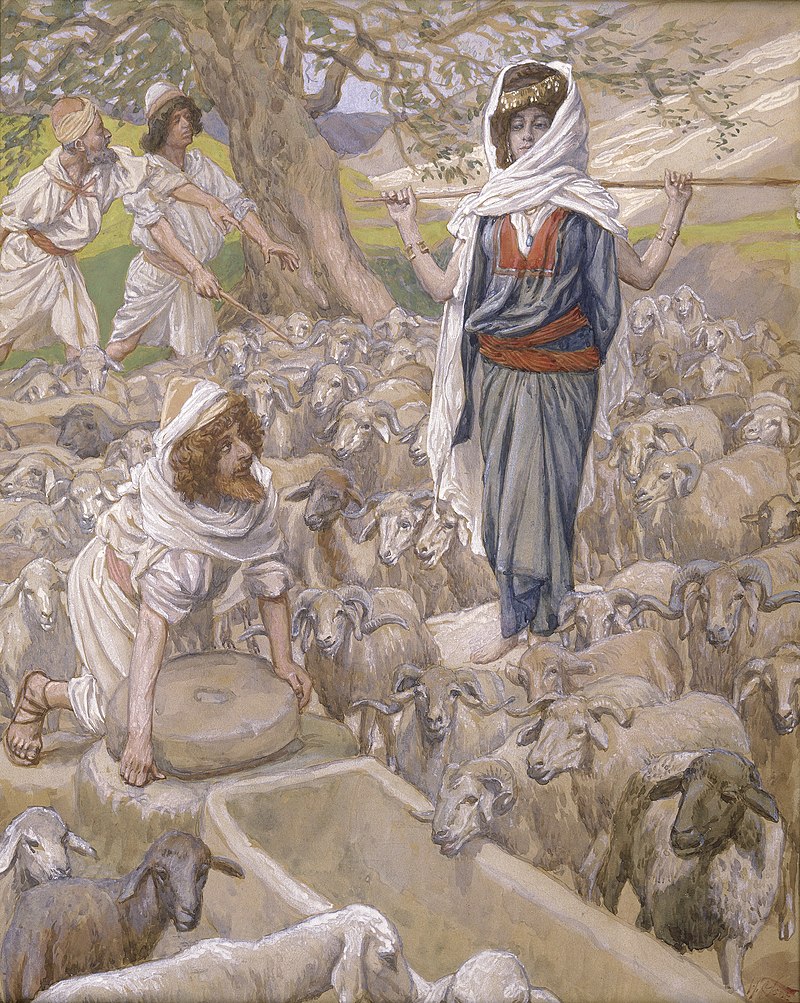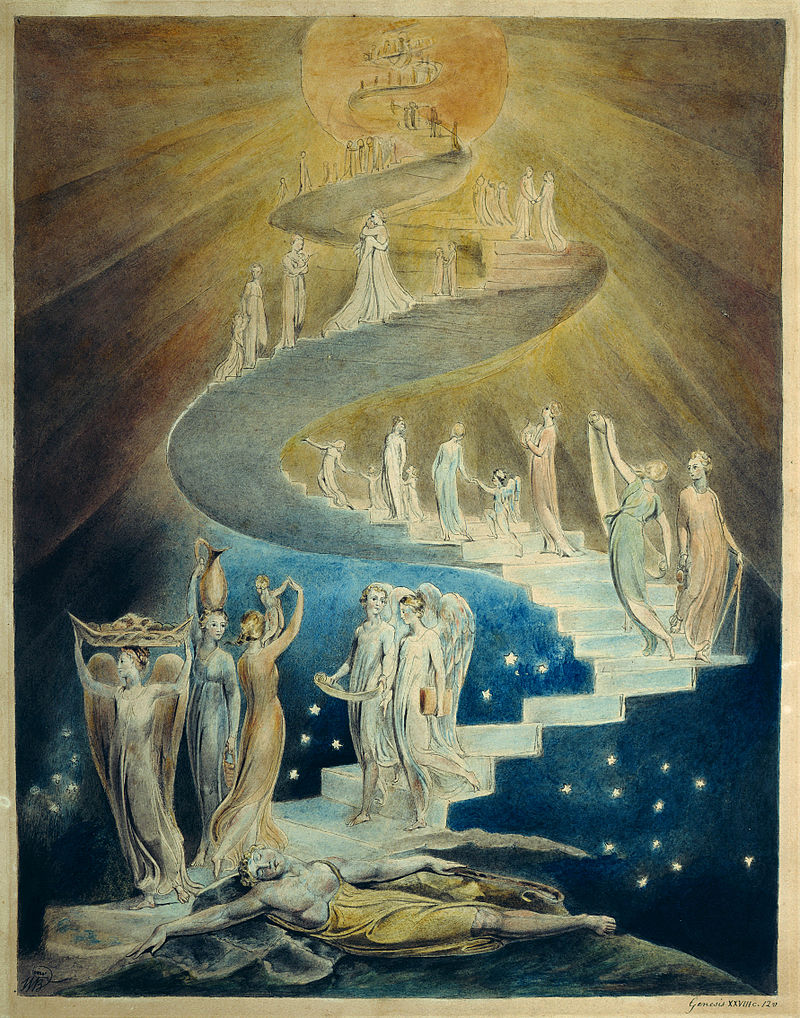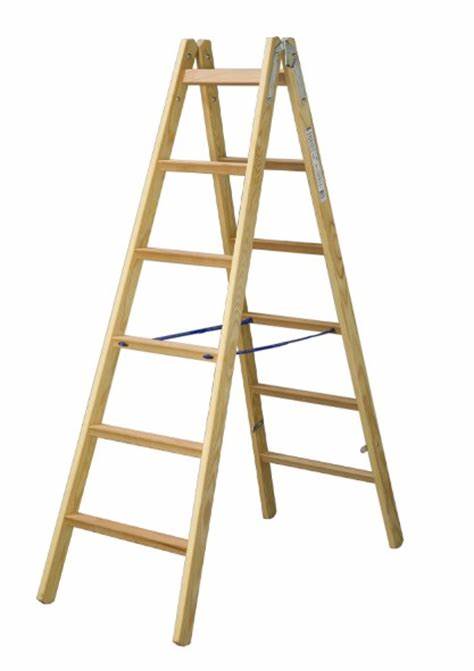And he left
Parashat Vayetze “and he left,” tells of Yaakov’s travels to, life in, and return from Haran. The parashah recounts Yaakov’s dream of a ladder to heaven, Yaakov’s meeting of Rachel at the well, Yaakov’s time working for his father-in-law, Lavan. Yaakov agreed to work as a shepherd 7 years for Rachel only to have Lavan switch daughters on him at the marriage ceremony.

This is by the way, why we have the badekin (‘covering’ ceremony) where the groom sees the face of his bride to ensure he is marrying the right woman before he covers her with the veil. Yaakov ends up marring and living with both sisters, Rachel and Leah, the birth of Yaakov’s children, and the departure of Yaakov’s family from Lavan.
Rachel and Leah

Leah gives birth to six sons Reuven, Shimon, Levi, Yehudah, Issaschar, and Z’vulun and a daughter Dinah. Bilhah, Rachel’s handmaid, give birth to Dan and Naphtali. Zilpah, Leah’s handmaid, gives birth to Gad and Asher. Finally, Rachel’s prayers are answered and she gives birth to Yosef.

After rightfully taking the blessings of Esav, Parashat Vayetze begins with Yaakov departure from Be’er Sheva and going to Charan, he bumped into the place and he slept there because the sun had set and he took from the stones of the place and he placed them around his head and he lay down there.
I have a Dream
“He had a dream; a ladder was set on the ground and its top reached the sky, and angels of G-d were going up and down on it. And the Lord was standing beside him” (Gen. 28:12-13).

The liminal space
It is one of the greatest dreams of the Bible. Yaakov, afraid and alone, finds himself in what the anthropologist Victor Turner called liminal space, the space between, between the home he is escaping from and the destination he has not yet reached, between the known danger of his brother Esav from whom he is in flight, and the unknown danger of Lavan from whom he will eventually suffer great wrongs.

The vision of the ladder with angels ascending and descending it has been discussed at length by commentators in an attempt to understand its significance. Among the questions asked are: What was the purpose of the dream? To whom does “angels of G-d” refer? What does “going up and down” signify? Was G-d standing beside Yaakov, or upon the ladder? Are we human the central part of creation, or only a part of creation?
Rambam’s take
According to Maimonides (Rambam), the purpose of the ladder is to explain the relationship between two realities, between existence on earth and existence in the “world of heavenly spheres,” both of which are set in motion by G-d. Yaakov sees “angels of G-d” on the ladder. Those “going up and down on it” are the prophets who, from studying the ladder, the connection between the two worlds, G-d’s providence are elevated to a higher, heavenly level of understanding. That is why it says “going up and down”; first they ascend and become inspired, then they descend and transmit the understanding they acquired to the world. In addition, “G-d stands on it,” on the “ladder”; this means G-d is there constantly, as the Prime Mover, the Cause that governs and is providence over all. According to Maimonides, the dream is a representation of the two worlds, and Yaakov, as the person who contemplates the ladder, the connection between the worlds, attains an understanding of G-d and of His ways in our world.
Is Man the Center of the Universe?
In Nefesh Ha-chayim, R. Chaim of Volozhin, who was influenced by mysticism and viewed human beings as superior even to the angels, interpreted an idea of the Zohar as follows: like a ladder and chain, joining with the spirit (Ruach), then with the soul (Nefesh), until it finally comes down to this world and into the body of man.
Divine angels go up and down it, along its length which is the living soul of the worlds, the forces and the angels of the upper spheres, whose entire ascent and descent, indeed all their actions at every moment, depend solely on the inclination of the deeds, speech, and thoughts that are in the body of man at every moment, as for what is written, ‘ascending first, then descending’, the entire thrust of human life is first to elevate the entire world from below to above, and after that, heavenly lights are drawn from above downwards.
According to these interpretations, the dream teaches us Man’s centrality in the universe, his responsibility to all G-d’s creatures, and the total dependence of everything, including celestial beings, on humans and their deeds.
This approach is a matter of dispute among the classic Jewish philosophers and exegetes. Some commentators follow the ideas set forth in various sayings of the Sages, that the world was created for man, and that human beings are the focal point of creation. Others take issue with this approach and do not see man as the ultimate in Creation. Both of these approaches are reflected by Ibn Ezra.
Ibn Ezra’s take
Ibn Ezra in his commentary on Exodus 23:20: “I am sending an angel before you to guard you on the way…”, I send my critique against the Gaon who was so arrogant as to say that human beings are more noble than the angels of G-d and that they were created for the sake of man.
Everyone plays a roll
Maimonides takes a similar approach to Ibn Ezra, as we see in Hilchot Yesodei ha-Torah (4.12): When Man contemplates concerning these things, and perceives all creatures, from angels to spheres to humans, and discovers the wisdom of the Holy One, blessed be He, in all beings and things that He created, … he is seized by awe and fear because of his own baseness, and shortcomings when measured against any of the great and holy bodies, and all the more so, against one of the pure forms that were never material. He then will find himself likened to a vessel full of shame and disgrace, empty and wanting.
Maimonides’ view is that man is NOT the center of the universe, but that everything including man was created and given its own particular role, therefor, one could not explain Yaakov’s dream as signifying that the entire universe depends on the actions of man, as the other commentators did.
Quintessential creature
The other view, that man is the quintessential creature, also finds expression in the works of one of the greatest kabbalists, R. Meir ben Gabbai. In Avodat Ha-kodesh (Part 3, “The End Purpose,” chs. 3-10) he wrote: “All that philosophers might deduce about human inferiority and deficiency, and his low standing in relation to the spheres and the stars, and all the more so with respect to the angels, will be correct for them and such is truly their lot, for they have not been illumined by the light of the Torah, whose radiance elevates those who accept it above all other creatures, heavenly and earthly… and this, in our opinion, is the strength of those who believe that the heavenly creatures were made for the sake of the earthly, … for he who chooses this and believes in it, will believe that the heavenly orders can change since they are created beings and their changing depends on the will of their Creator who entrusted this into the hands of those who keep His Law and perform His will…”
In the image of G-d
In other words, man is the object of creation, and the perfection of all beings depends on his deeds. Further, Maharal (Rabbi Judah Loew Ben Bezalel) believes that not only earthly beings are dependent on man, but also heavenly forces: This is understood from Scriptures (Ps. 91:11): “For He will order His angels to guard you wherever you go.” Who is greater, the one who guards or the one who is guarded? (Gen. Rabbah 78:1; Yalkut Shimoni 1.133)… Thus the knowledge of the Torah, which is the perfection of Man, the most important and quintessential being, in that he is in the image of God …
In the light of these two points of view, based on Yaakov’s dream, Maimonides’ view that man is NOT the center of the universe, or other approaches interpretation of Yaakov’s dream as an expression to man’s centrality, even his superiority, and everything depending on him.
What insight into life can we learn from this dream?
Our ups and downs

The Chafetz Chaim, Rabbi Yisrael Meir Kagan, cites the idea expressed by many commentators that the ladder Yaakov saw in his dream symbolizes the situation of every person in this world. There are two actions a person performs on a ladder. Either he goes up from the bottom to the top, or else he goes down from the top to the bottom. Each day in a person’s life he faces new challenges. If he has the will-power and self-discipline to overcome those challenges, he goes up in his spiritual level. If, however, a person fails to exercise the necessary self-control, he lowers himself. This is our daily task, to climb higher every day.
There is no standing in one place. When challenges arise, you will either behave in an elevated manner and grow from the experience or you will fail. Learn to appreciate the daily challenges that face you. Every difficulty is a means of elevating yourself. Every time you overcome a negative impulse you grow as a person. When a person climbs a ladder, he feels his progress with each step. So, too, with your daily victories over your negative impulses. Feel your progress and you will have the motivation to continue climbing.

Whenever you see a ladder, let it serve as a reminder of Yaakov’s ladder. When you see a ladder ask yourself, “Am I presently climbing my spiritual ladder or am I going down?” If you ever answer that you are going down, do not despair. Rather, strengthen yourself and start climbing from where you are.
Shavua Tov.
Check out YedidYah “Let There Be Light” a song about The Story of Creation. Music and Lyrics by Rabbi Yakira Yedidia https://www.youtube.com/watch?v=H0GEYQYwDI0
#####
This blog article was inspired by chabbad.org

